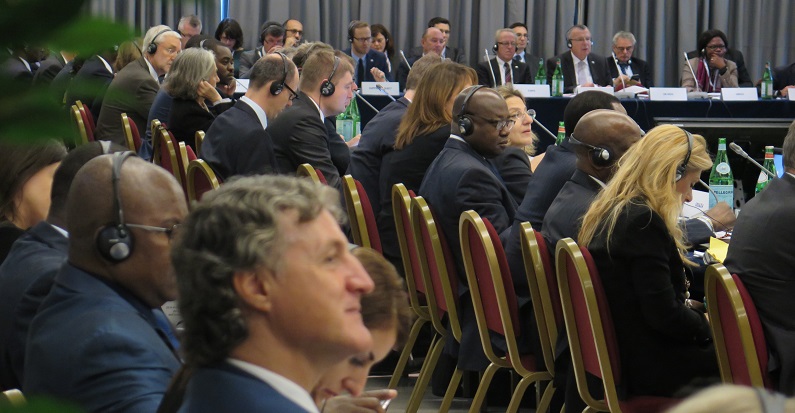-
01 December 2014
Category : Opinion
The Rabat Process as an exercise in the governability of migratory flows
At the First Euro-African Ministerial Conference on Migration and Development (July 2006), 57 African and European countries signed the Rabat Declaration and its Action Plan, giving rise to what is known as the “Rabat Spirit”.

For the first time, there was recognition of the fact that Euro-African migration routes are a complex phenomenon that requires close collaboration between all the states involved: the countries of origin, transit and destination for migratory flows. The work in Rabat established, based on the partnership between the states involved, the fundamental pillars of the dialogue: coordination, joint responsibility and the search for formulas that increase the positive effects of migration on development. Thus the Rabat Process opened a new era in the construction of governance over migration: one of regulating the phenomenon of migration for the benefit of all based on policy and public institutions. Currently there are other frameworks for bi-regional agreement and dialogue on migration policies inspired by the Rabat Process, such as the Dialogue on Migration and Mobility between the European Union and Africa, the ACP Dialogue with the European Union, and the Structured Dialogue on Migration between CELAC and the European Union.
The FIIAPP, in close collaboration with the ministries involved, has been facilitating this dialogue since 2007.
The Rabat Process as a space for discussion, debate and experience exchanges was consolidated through the Second Ministerial Conference held in Paris in 2008. Subsequently, European and African countries assumed the challenge of making the policy agreements concrete with the approval of the Dakar Strategy in the Third Ministerial Conference on the Rabat Process (Senegal, 2011). Today, following the successful Fourth Euro-African Ministerial Conference, held in Rome on 27th November, the interest in maintaining this space for coordination and support, unquestionably the most innovative and consolidated experience in the migration debate, is evident.
In Rome, the countries of Central Africa, West Africa, the Maghreb and the European Union, as well as Switzerland, Norway, the European Commission and the Economic Community of West African States (ECOWAS) made a commitment to continue working together to maximize the positive effects of migration on the countries’ development. Likewise, the Rome Programme (2015-2017) was approved for the purpose of implementing the commitments with the approval of an action plan with very specific lines of intervention.
Rome will make it possible to take another step towards configuring a bi-regional support space between Africa and Europe. It will also facilitate the transfer of know-how and best practices for migration policies on the fight against human trafficking, employment migration policies and the participation of the diaspora in development actions in their countries of origin.
This is clearly a question of aligning the interests of the two regions to define increasingly specific migration policies in order to take advantage, both implicitly and explicitly, of the development potential of the international mobility of their citizens. The most successful route for encouraging human mobility is, no doubt, through the construction of partnerships, such as the Rabat Process.
The FIIAPP’s Migration and Development Team
The views and opinions expressed in this blog are the sole responsibility of the person who write them.




